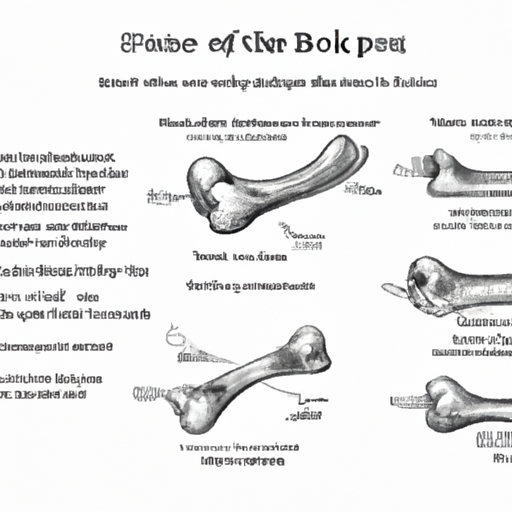Introduction
You, the caring dog owner, always want what’s best for your beloved pet. Meat bones, like pork, are often seen as a tasty treat for dogs, but it’s important to prepare them correctly to ensure they’re safe. This article will guide you through every step of preparing pork bones for dogs, ensuring you’re giving your furry friend a treat that’s not only delicious but also safe.
Understanding the Benefits of Pork Bones for Dogs
Feeding your dog pork bones can offer several benefits:
- Dental health: Chewing on bones can help scrape away plaque and tartar, promoting good oral health.
- Nutritional value: Bones are rich in nutrients like calcium and phosphorus.
- Mental stimulation: Chewing on bones can keep dogs mentally stimulated and ward off boredom.
But remember, not all bones are created equal, and certain types can pose risks to your dog. That’s why it’s crucial to understand how to prepare pork bones properly.
Choosing the Right Pork Bones
When choosing pork bones for your dogs, consider the following:
- Size: The bone should be larger than your dog’s mouth to prevent choking.
- Type: Avoid small, brittle, or splintering bones. Large, weight-bearing pork bones, like femur or hip bones, are typically best.
- Condition: Fresh, raw bones are ideal. Avoid bones that have been cooked, as they can easily splinter and pose a choking hazard or cause internal injury.
Moreover, always source bones from a reliable butcher to ensure they’re high quality.
Proper Preparation of Pork Bones
The right preparation can make all the difference in safety. Follow these steps:
- Rinse the bone: Clean off any small fragments that could splinter off.
- Blanch the bone: Briefly boil the bone to kill off any bacteria. Be careful not to cook the bone, as this can make it more likely to splinter.
- Cool the bone: Let the bone cool before giving it to your dog.
- Monitor your dog: Always supervise your dog while they’re chewing on a bone to ensure they’re not biting off large pieces.
When to Replace or Dispose of Pork Bones
It’s important to know when to take away or replace a bone:
- If the bone splinters: If you notice any splintering, remove the bone immediately.
- If the bone becomes small enough to swallow: This can pose a choking hazard.
- After a few days: Old bones can harbor bacteria, so it’s best to replace them every few days.
Frequently Asked Questions
Q: Can I give my dog cooked pork bones?
A: No, cooked bones can splinter easily and cause injuries.
Q: How often should I give my dog a pork bone?
A: This depends on your dog’s size, diet, and health. Generally, one to two times per week is okay.
Q: Can pork bones cause any health problems for dogs?
A: Yes, if not prepared correctly, bones can splinter and cause choking or injuries. Always supervise your dog while they’re chewing on a bone.
Q: What should I do if my dog swallows a bone fragment?
A: If your dog swallows a bone fragment, monitor them closely for any signs of distress, such as choking, vomiting, or difficulty defecating. If you notice any of these signs, take your dog to a vet immediately.
Q: Can all dogs chew on pork bones?
A: It’s best to consult with your vet before introducing any new food into your dog’s diet, especially if they have a medical condition.
In conclusion, pork bones can be a wonderful treat for your dog, providing both nutritional value and mental stimulation. But it’s crucial to prepare them properly to ensure they’re safe for your furry friend. Always monitor your dog while they’re chewing on a bone, and when in doubt, consult with your vet. You, as a responsible and caring pet owner, can provide not just a treat, but a safe and enjoyable experience for your beloved pet.



